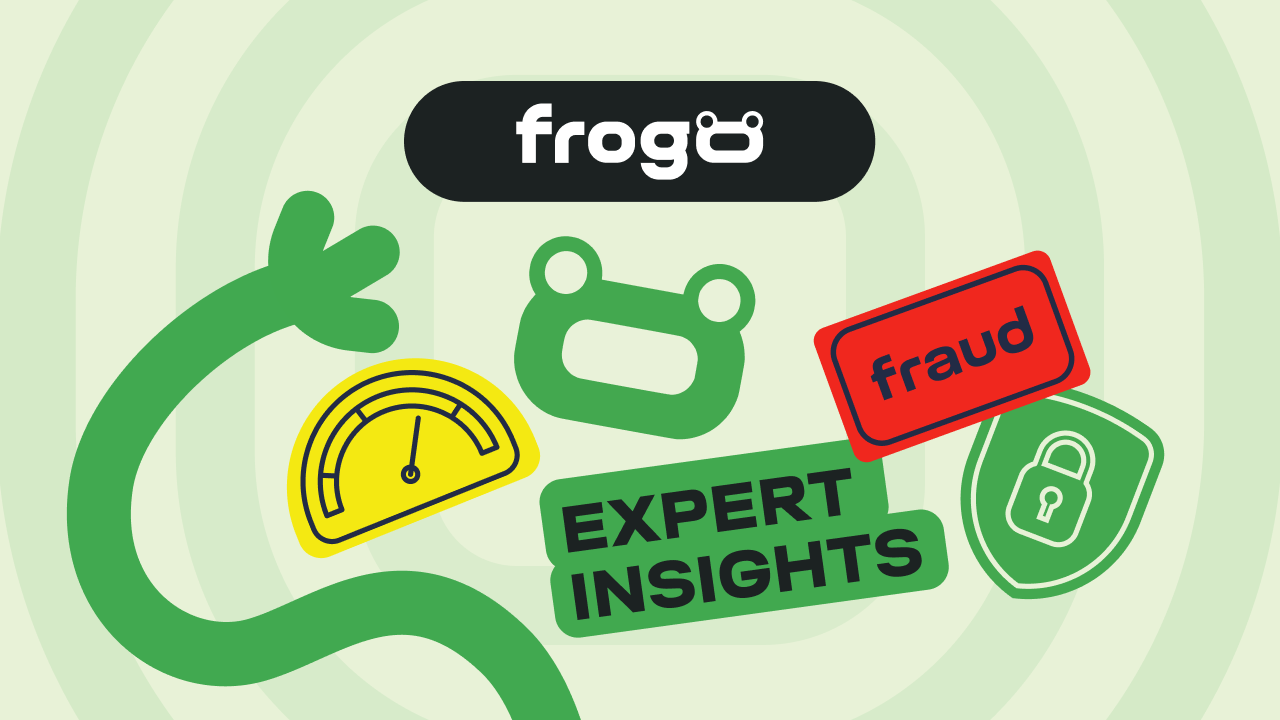A lack of expertise in fraud prevention and negligence in setting up proper anti-fraud processes can lead to significant financial losses and serious reputational risks for companies.
The equation is simple: one legitimate user + one hacked account + one unauthorized withdrawal = disappointment and loss of trust in the platform and brand. Modern fraud prevention strategies help businesses stay protected from such threats.
To prevent account takeovers or theft, risk managers monitor deviations from normal user behavior: logins from unfamiliar devices, unusual locations, or using VPNs/proxies during authentication. Every login attempt is assigned a risk score using behavioral analysis and IP address tracking.
To ensure robust account security, suspicious logins can either be automatically blocked or subjected to additional verification steps, such as two-factor authentication (2FA). A crucial element of this security process is notifying users about logins from unknown devices or suspicious activity.
Integrating fraud prevention platforms like Frogo helps streamline and enhance this process.
Frogo incorporates a proprietary device fingerprinting solution that detects even the slightest anomalies in user behavior patterns, device parameters, network settings, and payment credentials.
Additionally, Frogo helps partners to simplify login procedures for trusted users but sends a recommendation of using CAPTCHAs, 2FA, or Liveness verification — or even fully block access — if the user has high-risk status.
Another major advantage of using an anti-fraud platform like Frogo is its shared fraudster database across all partner operators. This enables real-time threat intelligence sharing, allowing brands to proactively block known attackers and prevent account takeover attempts across the entire network.
How iGaming Operators Can Prevent Mass Account Hijacking with Frogo
Any iGaming operator can suddenly face a surge in account takeover attempts. Fraudsters frequently employ credential stuffing — automated login attempts using stolen credentials — to breach user accounts and withdraw funds.
The situation is worsened by the fact that many users reuse passwords across multiple platforms, making it easy for attackers to gain access, drain balances, and change contact details to prevent account recovery.
How Frogo Helps Prevent Account Takeovers:
✅ Early Detection of Suspicious Logins — Frogo’s device fingerprinting and behavioral analysis detect large-scale login attempts from unfamiliar devices and IP addresses.
✅ Automated Access Restrictions — If abnormal activity is detected, the system sends the client alerts with recommendations for additional authentication layers (2FA, CAPTCHAs, Liveness verification) or advises blocking the login attempt.
✅ Analyzing Account Connections — Graph-based forensic tools help identify links between compromised accounts and previously flagged fraudulent activity.
✅ Building a Fraudster Database — Frogo’s shared fraud intelligence network allows operators to block bad actors before they strike, leveraging insights from fraud cases detected by other brands in the ecosystem.
By implementing these measures, operators can safeguard thousands of user accounts, reduce financial losses, and maintain player trust. This comprehensive approach strengthens fraud prevention efforts, ensuring a secure and reputation-friendly gaming environment.
Conclusion
Account takeover poses a serious threat to iGaming operators, leading to financial losses and damaged reputations. However, with proactive fraud prevention strategies and advanced security tools like Frogo, businesses can stay ahead of fraudsters. By leveraging AI-driven risk analysis, device fingerprinting, and shared intelligence networks, operators can protect their users, minimize losses, and foster a safer, more trustworthy gaming experience.



































